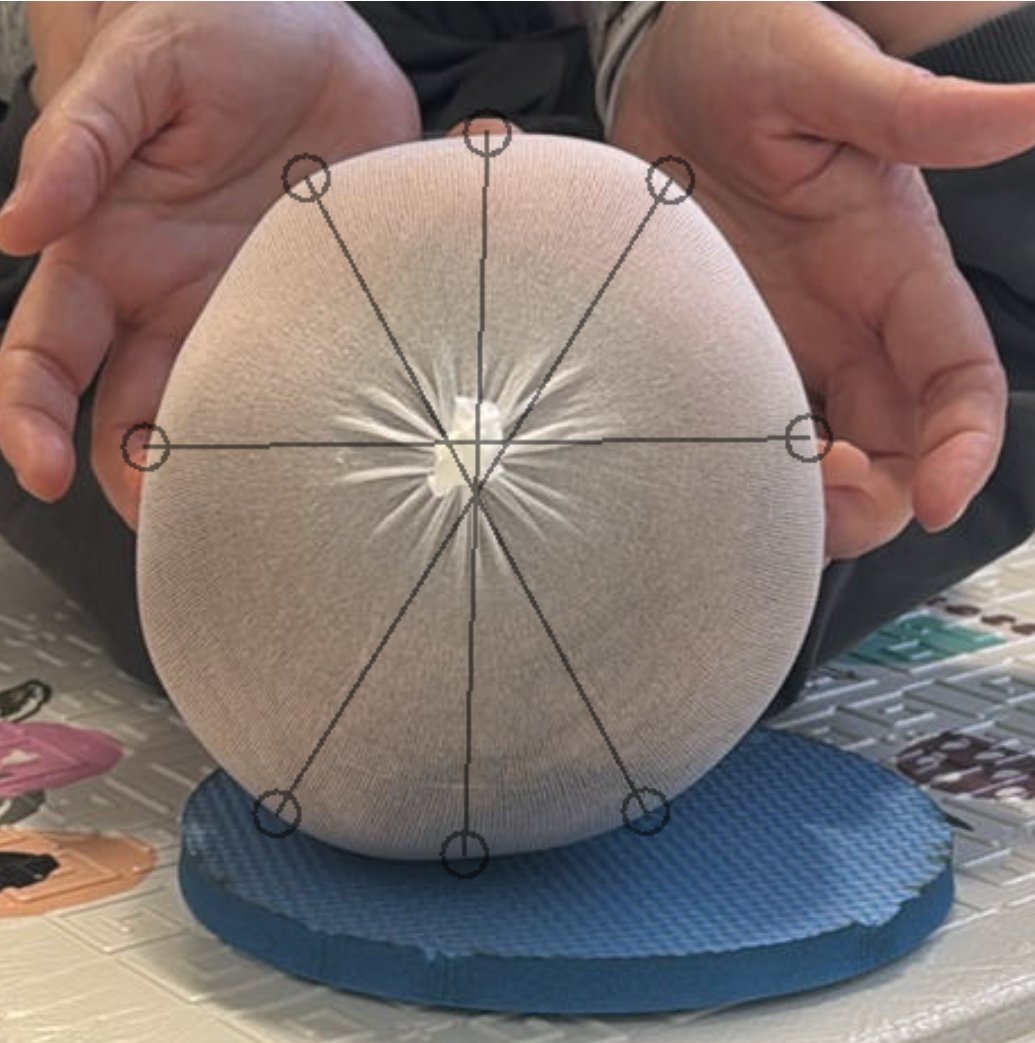Understanding CVAI and CI Numbers for Infant Head Shape: A Guide to Positional Plagiocephaly
There has been a growing awareness regarding the development of head shape in infants, with one condition in particular—plagiocephaly—gaining attention. Plagiocephaly is the asymmetrical flattening of a baby’s skull, typically caused by pressure on one side of the head for extended periods of time. This type of head flattening is becoming more common due to babies spending more time on their backs and with the increase in diagnosis of torticollis, or tight muscles. .
To diagnose and track head flattening, providers utilize two important numbers—Cephalic Index (CI) and Cephalic Volume Index (CVAI)— both playing a critical role in assessing head shape and guiding treatment. These objective numbers offer a way for healthcare professionals to quantify the degree of cranial deformities and monitor the effectiveness of interventions.
In this blog post, we’ll explore how CVAI and CI numbers relate to infant head shape, how they can help diagnose plagiocephaly, and why they are helpful in managing cranial conditions in babies.
What is positional plagiocephaly?
Plagiocephaly is a condition where one side of an infant’s head becomes flattened, leading to asymmetry in the skull. It can result from external pressure on the skull, such as when a baby spends a significant amount of time lying on their back, or in one position. The risk of plagiocephaly is also directly linked to the diagnosis of torticollis, or muscle tightness. This is most often noticed by parents/caregivers between 2 to 4 months of age.
The Role of the Cephalic Index (CI) in Infant Head Shape
The Cephalic Index (CI) is a measurement that helps determine the proportion of an infant’s head width to its length. In the case of flat head syndrome, the CI can be a valuable diagnostic tool for categorizing the severity of the condition. It’s a simple, non-invasive way to assess the shape of a baby’s head and track any changes over time.
The CI is calculated using this calculation: Max Width of Head / Max Length of Head * 100
A child with flat head syndrome may exhibit an abnormally high or low CI, depending on the type and severity of the skull deformation. A high CI could suggest a broad or flattened head, while a low CI could suggest a more narrow or elongated head.
The Role of the Cephalic Volume Index (CVAI) in Infant Head Shape
While CI focuses on proportions, the Cephalic Volume Index (CVAI) takes a more comprehensive approach by considering the overall volume and symmetry of an infant's skull to determine the extent of deformities present, if any.
The calculation for CVAI is more complex and can involve specialized imaging techniques like 3D cranial scans or CT scans. These scans capture a more complete picture of the infant’s skull, measuring the volume of the cranial cavity and identifying areas of flattening or abnormal growth through diagonals. This
is especially useful for more severe cases of plagiocephaly or for identifying conditions that may require surgical intervention.
For babies with positional plagiocephaly, CVAI can help track how the skull is changing in volume over time and assess the effectiveness of treatments. The higher the CVAI percentage, the more severe plagiocephaly is classified.
CI and CVAI in Diagnosing and Treating Plagiocephaly
In practice, CI and CVAI are applied in the following ways:
• Early Diagnosis: CI and CVAI can help pediatricians assess head shape during routine checkups. Abnormal measurements can signal the need for further evaluation, with a recommended referral to a physical or occupational therapist who is specialized in treating underlying causes of this condition.
• Treatment Planning: If plagiocephaly is diagnosed, CI and CVAI can be used to determine the severity of the condition and guide the treatment plan. They can guide parents and healthcare providers in making decisions about whether physical or occupational therapy alone is sufficient, or if additional interventions such as helmet therapy are needed
• Monitoring Progress: Both CI and CVAI can track the baby’s head shape over time to see if the treatment is working. Changes in these numbers can indicate whether the skull is returning to a more normal shape.
Conclusion
The Cephalic Index (CI) and Cephalic Volume Index (CVAI) are valuable tools in assessing and managing infant head shape, especially in the context of conditions like plagiocephaly. By using these measurements, healthcare providers can track the development of an infant’s skull, diagnose potential issues early on, and monitor the effectiveness of treatments.
Early intervention by a physical or occupational therapist that specializes in this area can help ensure that any cranial deformities are properly addressed, supporting healthy growth and development for your baby. Did you know we can measure this during an appointment with Year One Wellness?
For more information, feel free to reach out to us! Our team of clinicians are pediatric physical/occupational therapists and certified breastfeeding specialists, and we are here to help! Year One Wellness offers virtual consultation everywhere and in-person consultations in and around Austin, TX.



